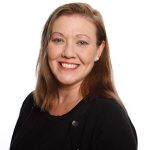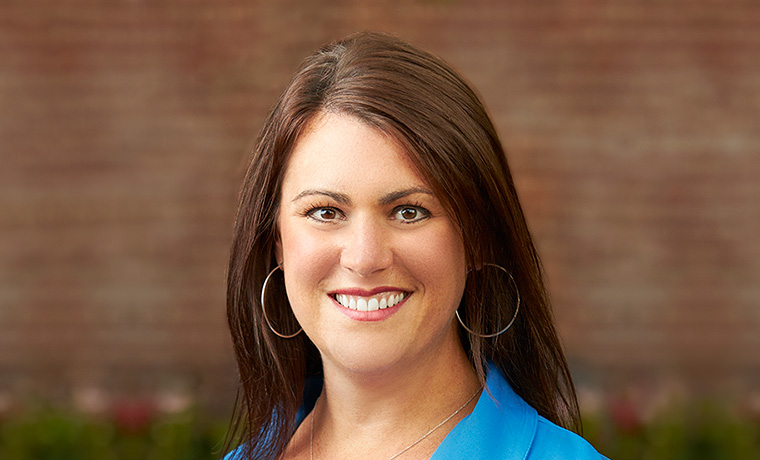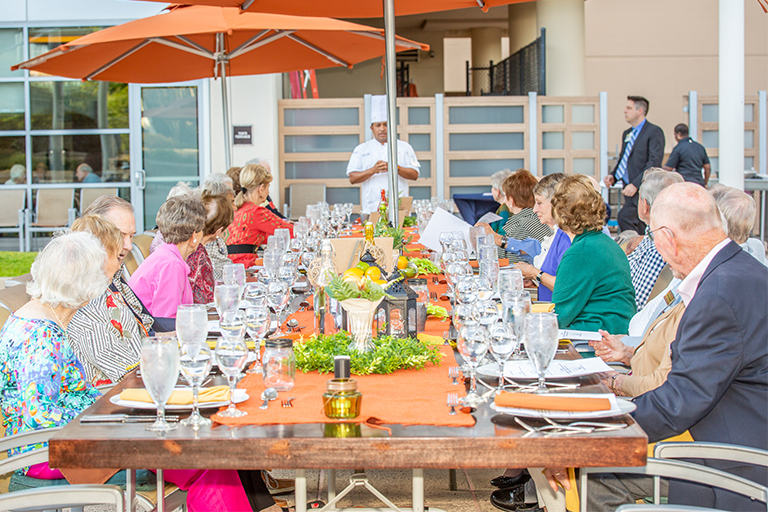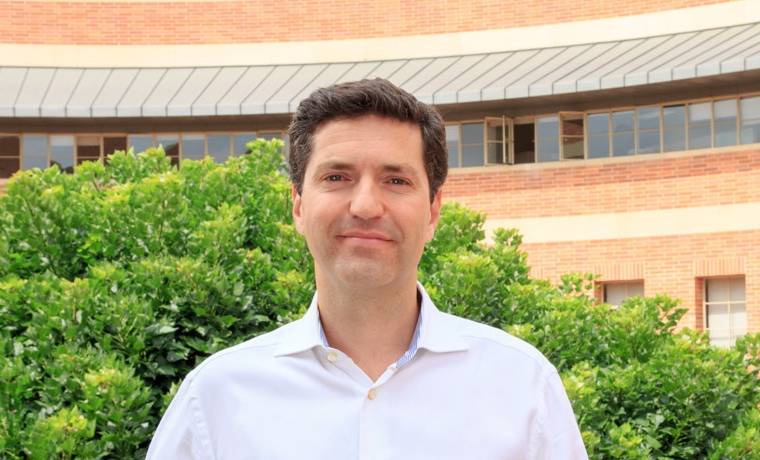
By Kerry | January 11, 2022
Luis Serrano and his late wife May Hasso founded Sunshine Retirement Living in 2007. The company remains family-owned today, operating upwards of 4,000 units in 42 communities across 18 states. Over the course of the past 14 years, growth and innovation have been constants at the organization.
Both factors have made Sunshine Retirement an agile company, capable of enhancing resident health and safety measures during the Covid-19 Pandemic while still looking to the future of resident well-being as well as the ever-increasing demand for middle market senior living.
Here, Serrano, who recently joined the Texas Leadership Business Council, discusses how Sunshine Retirement Living is continuously evolving its business, its best practices and its services and amenities for residents.
SLN: Sunshine Retirement Living has added 12 communities to its portfolio in the past 18 months. The growth is clearly positive for Sunshine Retirement Living, but could you talk about how the affiliation is indicative of a more positive future for those individual communities?
LS: We focus entirely on the middle-market senior, operating and building beautiful communities that are affordable, but which also offer a suite of services and features often found at more expensive, luxury communities.
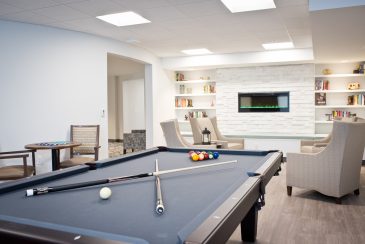
We did add 12 communities to our portfolio in the past 18 months, which attests to our strength as a company. This strength and resilience emanate from our mission and culture and our team’s dedication to making every day a positive experience for both residents and staff. Growing as we did has allowed us to innovative on much wider scale, both operationally and through our offerings, which has greatly benefitted both our existing and newer communities.
During the past few years, we have introduced a new Montessori-style approach to memory care. So often memory care communities become task-oriented, focusing on the things that have to be done and, in the process, the individual gets lost. Our Montessori-based programming flips that and returns that focus to the individual.
We also have installed “Sensory Spas” in each of our memory care communities that provide a calm environment with pleasant sensory sensations to diffuse “responsive behaviors” that often arise during times of stress.
Another innovative program we’ve launched at all our assisted living and memory care communities is the MIND Diet, which studies show can lower Alzheimer’s risk by about 35% for people who follow it moderately and up to 53% for those who adhere to it rigorously. Developed at Rush University Medical Center, the MIND Diet incorporates both the Mediterranean and DASH diets and zeroes in on the foods that specifically affect brain health, such as green, leafy vegetables, berries, nuts, olive oil, whole grains, fish, beans, and poultry.
SLN: Despite the negative media that the senior living sector received during the pandemic, this didn’t seem to cloud your vision of the future as Sunshine improved its wellness programming during the pandemic and additionally added partnerships like that with Uber Health. Why didn’t the pandemic overshadow that work?
LS: First and foremost, the health and safety of our residents and staff has always been the top priority at Sunshine Retirement Living. Even before start of the pandemic, Sunshine had very strict safety protocols in place, so it wasn’t a dramatic pivot for our company. We did, however, invest significantly in new and innovative technologies to enhance those safety practices, and employed pioneering therapies to promote wellbeing for our residents during those challenging times.
Very early on, we procured advanced COVID testing kits from Vikor Scientific, which were crucial in our fight against the virus within our communities. We also invested significantly in a leading-edge ionization technology that eliminates 99.4% of the SARS-COVID-2 virus along with several other pathogens. These units have been installed in 100% of our assisted living and memory care communities and several of our independent living communities.
We were also one of the first companies in our industry to schedule vaccine clinics. Our residents started receiving their first vaccine dose in January and most of them were fully vaccinated by the end of February. We are now in the process of providing and scheduling booster shots for all of our residents.
At Sunshine, we approach our residents’ wellness collaboratively and that didn’t stop during COVID. What I mean by that is that our community teams work side-by-side with residents and/or their families to provide person-centered care, therapies and activities to help our residents thrive no matter where they are on their journey. For example, in 2020 we launched a Virtual Reality program, now in each of our assisted living and memory care communities, allowing our residents to go on “Bucket List” trips such as visiting the rain forest or the wilds of Africa all from the comfort of their community.
While we are still maintaining vigilance over the COVID situation, current and future residents as well as their families still expect service and care excellence. We will continue to be nimble, innovate, pilot and introduce new offerings at all our communities.
SLN: How do you maintain a positive outlook for the future of the industry, where Coronavirus concerns are likely to remain a long-term, if not permanent issue for the field? Yet, it may be challenging for assisted living and memory care communities to balance that with the additional levels of care that their residents require?
LS: Despite the challenges of the pandemic, the number of senior living communities in America will need to grow to meet all levels of care. The most pressing challenges for our industry in 2030, 2040 and beyond will be to create middle-income senior housing to meet the dramatic demographic shifts in front of us. By 2050, it is estimated that number of people aged 65 or older in the U.S. will almost double to nearly 90 million as compared to 54 million in 2019. Moreover, people aged 85 and more will reach 19 million in 2050, nearly a 20-fold increase over 2021.
Of those seniors, more than half are in the middle-class and providing housing options for this distinct group, and chiefly those requiring assisted living or memory care, will become a critical need. At Sunshine, we have no intention of downgrading our offerings for the benefit of the bottom line. In fact, our focus now is on strategies that will allow us to enhance those offerings for the benefit of our residents.
Over the past five years, the memory care market was overbuilt by overeager lenders and developers. They approved projects in areas that were well-serviced by competitors in the short term. Supply got ahead of demand. But that has now stopped almost completely. There are little-to-no memory care communities opening in the foreseeable future, so the supply is fairly fixed.
On the demand side, according to the Alzheimer’s Association, an estimated 6.2 million Americans aged 65 or older – or one-in-nine people – are living with Alzheimer’s dementia in 2021 and that number is projected to grow to 12.7 million. Moreover, 36% of people over 75 are living with the disease.
Unfortunately, there are no medications on the horizon to cure Alzheimer’s. In my discussions with research neurologists, the medical community does not expect any drugs to work for many decades, if ever. The best we can expect is for drugs to extend the quality and span of life, which would in turn intensify the average length of stay at memory care communities.
Based on my own company’s demographic model, over the next three years (by 2024), we expect with a high degree of certainty, an additional 635,000 seniors to be diagnosed with Alzheimer’s. This does not take into account the number of seniors with other brain degeneration diseases, such as Binswanger, general dementia, vascular dementia, Wernike-Korsakoff syndrome, and others. According to Argentum Largest Providers report for 2021, the top 150 operators in the U.S. have around 97,000 memory care beds. The average occupancy in “nursing care” is 76.3% as of Q3 2021 so there are approximately 23,000 available beds in the industry. Even if just 10% or 63,000 of the new Alzheimer’s patients move to a memory care community, that is three times more demand than supply by 2023.
In summary, the industry is under pressure now and will be for the next 12-24 months. But for operators and owners that have the financial prowess and patience to weather the storm, the returns will be in the 30-40% range in two to three years.
SLN: Are your residents themselves a barometer of what’s to come for Sunshine Retirement Living and for the senior living sector as a whole?
LS: While we did see some fluctuations during the past 18 months, on average our occupancy levels are securely increasing across the board. I believe that this indicative of the growing need for communities such as ours that meet the specific needs of the middle-market senior.
A key factor in these improving occupancy rates is the high percentage of vaccinations and now boosters among our residents. Our residents are becoming more active again, and the ability for families to meet in-person with their loved ones has had an extraordinary and powerful impact on residents’ wellbeing in our communities. Additionally, now that visitation restrictions are easing, we are also enjoying a welcomed uptick in community tours.
Finally, I perceive that many families that decided to care for their memory care relatives at home during the pandemic, for the reasons explained above, have realized how complex and stressful it is to provide quality care in that setting. The daily and customized activities, the social interaction with other seniors, the professional medication management, care staff management, the beneficial MIND Diet, and more that Sunshine Retirement Living communities provide are not something that can be easily replicated in a home environment. We are now seeing a flood of new residents coming to us to transition from home settings.
SLN: Were labor shortages also a focal point for Sunshine throughout the pandemic and now because it didn’t seem to stymy the organization’s growth?
LS: Staffing has definitely been a concern and a struggle for the industry, yet we are beginning to see improvement. At Sunshine, we have always worked hard to ensure that our staff are respected and fulfilled, and we have been very fortunate to attracted caregivers and administrators, who give their heart and soul to their residents. This was never more apparent than during the pandemic.
During the past few years, we have implemented several new hiring and retention strategies, as well as new employee benefits and programs that our teams are responding to quite well. One program that has been quite successful is our internal referrals program. We have doubled those incentives, which has led to an increase in employee referrals. We also recently redesigned our hiring process to promote culture and career growth. Our new career-building program, “My Sunshine Path,” provides education and on-the-job training opportunities that can lead to advancement and increased compensation for every employee.
We also continue to look for ways to improve the day-to-day for our teams. This year, we have integrated new software for our executive directors to help them leverage real-time operations efficiencies while also improving communication with their teams. This allows them to spend more time outside of their offices and in their communities ensuring the best possible experience for both residents and staff.
